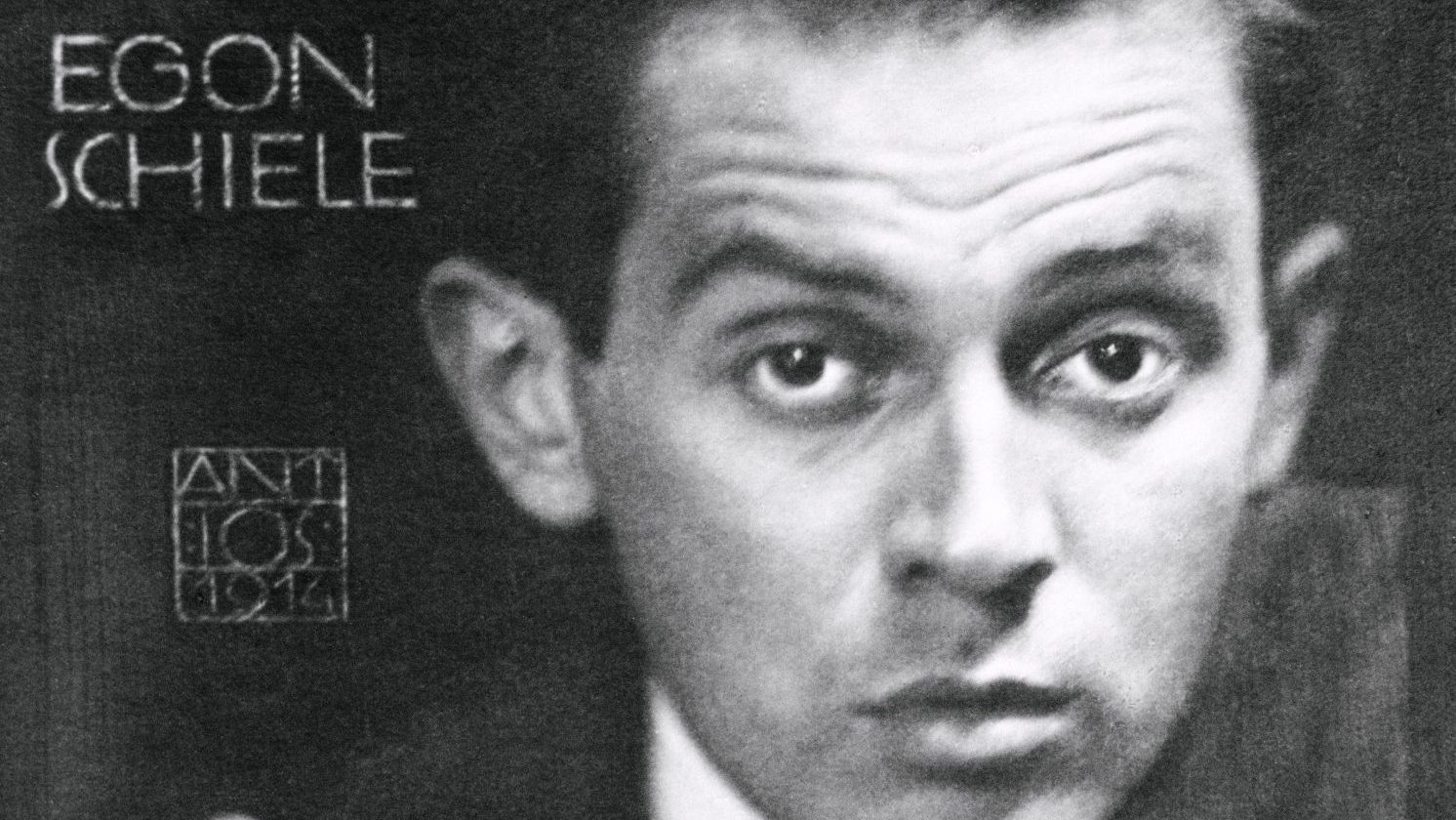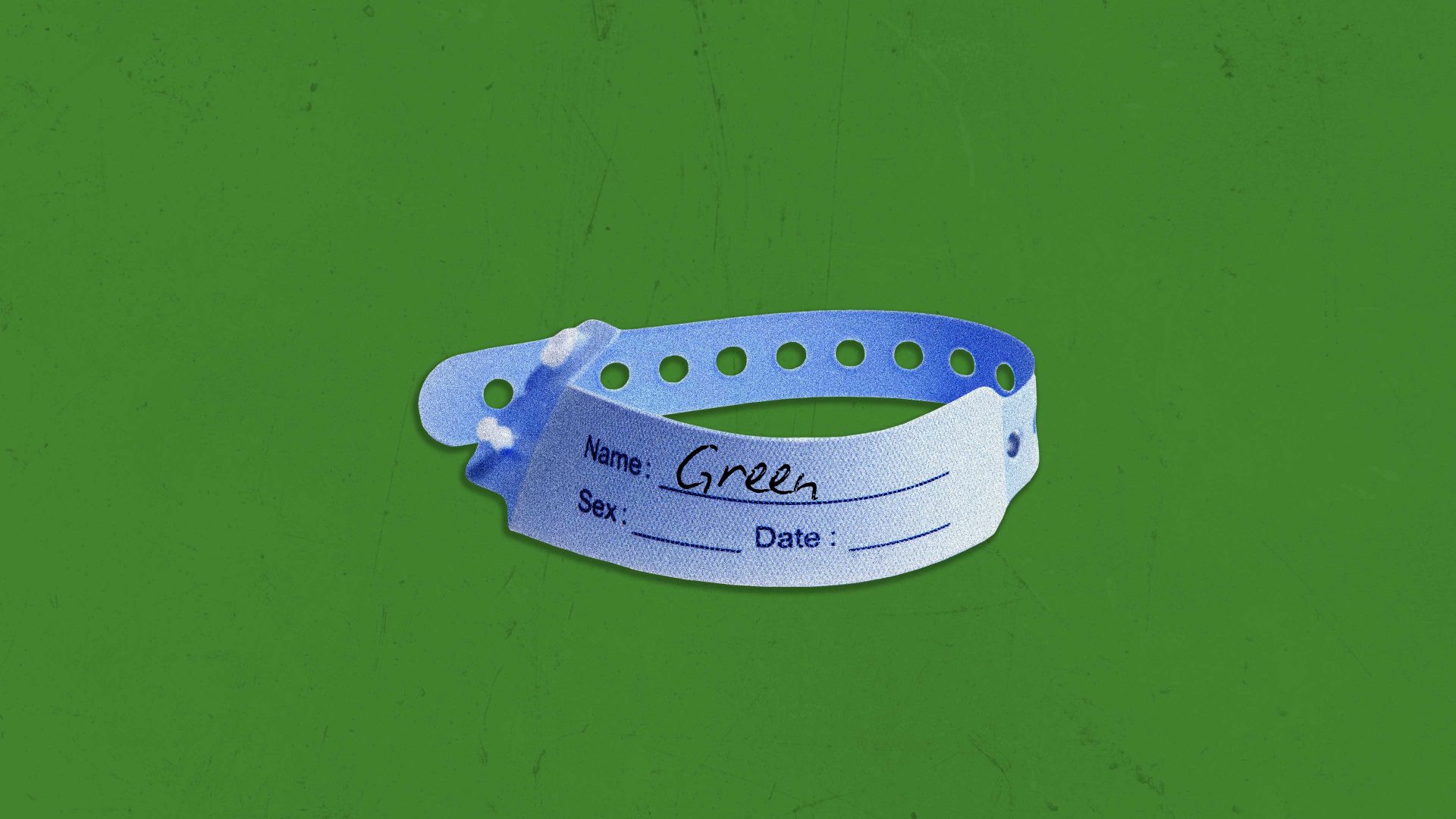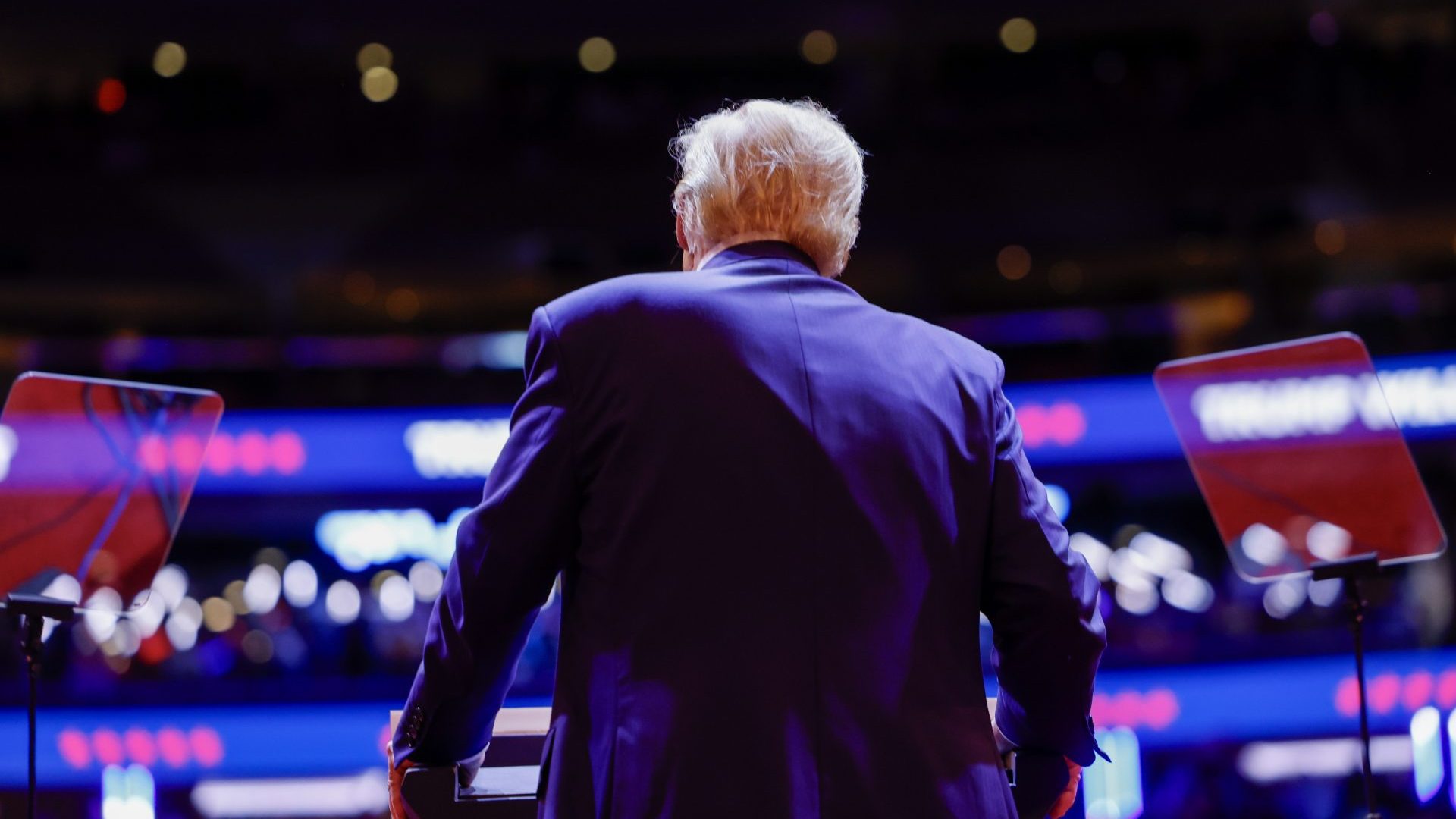He could still detect the faintest whiff of smoke on his prison uniform long after he was returned to his cell, as if he was being forced to inhale the last remnants of a piece of art that had just been cruelly sacrificed, apparently in the name of justice.
Twenty-one days in a basement cell at Neulengbach, west of Vienna, had already taken a psychological toll by the time Egon Schiele faced the judge. At least the charges of child abduction and abuse had been dropped – he and his partner Walburga “Wally” Neuzil had accompanied a 14-year-old runaway to Vienna and back – but he still faced charges of disseminating indecent images after the police raided and confiscated piles of his art from his home. Three weeks on remand in the dark, dank cell had been traumatic enough – a long sentence could finish the 21-year-old artist.
It was soon clear to Schiele, as well as Neuzil and other friends and supporters in the public gallery, that the judge was not a man sympathetic to the cause of genre-defying art. Having detailed the catalogue of drawings and paintings taken away by the police as if there was a bad smell in his nostrils, he declared Schiele guilty of public immorality.
But he wasn’t finished there. Before handing down the sentence, the judge lit a candle on the desk in front of him, picked up the drawing he had been waving around as evidence of Schiele’s pornographic depravity and held one corner over the flame.
To gasps and shouts from the gallery the flames consumed the artwork, the judge turning it this way and that to ensure it burned as quickly as possible before tossing the flaming paper over the edge of the desk, where it floated to the floor and gently reduced itself to ash. The smoke drifted through the room, wafting over and around Schiele and rising to the gallery of appalled supporters.
The immolation of his art was almost worse than the sentence itself, which with time already served meant Schiele would remain in prison for three more days.
The trauma was evident in the watercolours he painted while in jail, including Self-Portrait as a Prisoner, work to which he added phrases such as “I do not feel punished, but purified” and “To hamper an artist is a crime, the murder of germinating life.” Two years later he painted an arrow-riddled self-portrait as St Sebastian, Schiele martyred for his art.
It is possible to understand why that Austrian judge reacted to Schiele’s work in such an extreme manner, not least when you consider that, as recently as 2017, posters produced to advertise a Schiele exhibition in Vienna were banned for being too explicit. Schiele’s nudes were quite unlike anything the traditional art world had ever seen.
Instead of plump, bashful, pink-cheeked figures without blemishes, his figures were thin, elongated and sinewy with no attempt to hide body hair or imperfections, frequently looking the viewer right in the eye. A Schiele nude was taut and sexual, up front and brazen, forged by the same Vienna whose sexual mores were being analysed by Sigmund Freud with the idea that sex and the body’s mechanisms for it inhabit humans from infancy and never let them go.
Destined to die at the age of 28, a victim of the Spanish influenza epidemic that ran riot through Europe after the first world war, Schiele still left behind an extraordinary body of work: more than 3,000 paintings and drawings despite his career spanning barely eight years.
He had entered the Vienna Academy of Fine Arts in 1906 at 16 and a year later met the man who would become his friend and mentor, Gustav Klimt. Having doorstepped Klimt and shown him his portfolio, Schiele nervously asked if the older artist thought he had talent.
“Yes,” Klimt answered immediately. “Too much, in fact. Much too much.”
Klimt’s approval encouraged Schiele to follow his own instincts and reject the traditional methods of bourgeois propriety taught at the Academy. What he saw as the blandness of tradition bore little or no resemblance to the world he knew and the art he wanted to create.
Encouraged by Klimt, Schiele sought to embrace the imperfections and foibles of humans, to celebrate them for who they were not some ideal they were supposed to represent. Whatever their desires and moralities, theirs were just as good as anyone else’s and deserved the permanence of art.
Not long after this realisation, Schiele left the Academy and formed the Neukunstgruppe, the New Art Group, with other disaffected students, staging their first exhibition in 1909. The following year, Schiele began painting the revolutionary nudes that would establish his reputation and, for some, notoriety.
Neuzil was 17 when she met Schiele in 1911 and became one of his favourite models. The two began a relationship but soon found Vienna stifling and claustrophobic.
They left the city, settling briefly in Schiele’s mother’s home town of Český Krumlov in what is now Czechia, until they were driven out by locals aggrieved at the couple’s apparent moral depravity, including Schiele’s employment of troubled local youths as models.
From there the pair relocated to Neulengbach, making their home an open house for local children and adolescents, provoking the criminal charges that saw flakes of burnt paper landing on a courthouse floor.
Neuzil stood by Schiele throughout his prison ordeal, not to mention his relentless promiscuity, but in 1914 the socially aspirant artist turned his attention to wealthy heiress sisters Edith and Adele Harm who lived opposite his studio in Vienna. “I intend to get married, advantageously – not to Wally,” he wrote to a friend.
Schiele married Edith fully expecting to maintain a relationship with Neuzil, who soon apprised him of this being the last straw and vanished from his life.
Conscripted three days after his wedding, Schiele was posted to a prisoner-of-war camp, where he produced sketches and paintings of the Russian inmates. These were among the 50 of his works accepted for the prestigious Vienna Secession exhibition in March 1918, the high point of Schiele’s career bringing fame, financial security, acceptance and recognition.
A future as bright as the colours he adopted in his paintings seemed guaranteed, but by October that year Schiele was dead, three days after the pregnant Edith had succumbed to the same illness.
Even during those three final days he was still sketching, working on images of his wife made while she lingered on the point of death.
He saw beauty in the world to the end, and he made it his own.




